Approaching the Land of Bliss: Religious Praxis in the Cult of Amitabha
₹495.00
In stock
Too Good to Resist Sale is Live BUY AND SAVE NOW
The discourse on Buddhist studies has traditionally been structured around texts and nations (the transmission of Buddhism from India to China to Japan). And yet, it is doubtful that these categories reflect in any significant way the organizing themes familiar to most Buddhists. It could be argued that cultic practices associated with particular buddhas and bodhisattvas are more representative of the way Buddhists conceive of their relation to tradition. This volume aims to explore this aspect of Buddhism by focusing on one of its most important cults, that of the Buddha Amitabha. Approaching the land of Bliss is a rich collection of studies of texts and ritual practices devoted to Amitabha, ranging from Tibet to Japan and from early medieval times to the present. The cult of Amitabha is identified as an integral part of Tibet’s Mahayana Buddhist tradition in the opening essay by Matthew Kapstein. Next, Daniel Getz Jr., locates the Pure Land patriarch Shengchang more firmly in a Huayan context and his pure Conduct Society not so much in the propagation of Pure Land praxis but as a means of modifying anti-Buddhist sentiments. Jacqueline Stone’s study of the practice of reciting nenbutsu at the time of death gives us an understanding of both the practice itself and the motivating logic behind it. Kakuban-the founder of the one major “schism” in the history of the Shingon tradition-isplaced in a typology of Japanese Pure Land thought in James Sanford’s study of Kakuban’s Amida Hishaku. Hank Glassman contributes an essay on the “subsidiary cult” of Chujohime, which derived from the cult of Amitabha but grew to such importance that it displaced the latter as the focus of worship in medieval Japan. In his examination of “radical Amidism,” Fabio Rambelli discusses different forms of Japanese Pure Land thought that constitute divergences from the main stream or normative forms. Richard Jaffe examines the work of the seventeenth century cleric Ungo Kiyo, who sought to match his teaching to the needs and capacities of his disciples. Tod Lewis highlights the importance of cultic life and finds traces of the desire for rebirth in Sukhavati in stupa worship among Newari Buddhists. Charles Jones’ “thick description” of a one-day recitation retreat in Taiwan provides us with a closer look at how the cult of Amitabha continues in present-day East Asia. Approaching the Land of Bliss moves beyond the limitations of defining Buddhism in terms of its textual corpus or nation states, opening up the cult of Amitabha in Nepal, Tibet, China and Taiwan, and uncovering new aspects of Japanese Pure Land.
Review(s)
About the Author(s)
Additional information
| Weight | 0.5 kg |
|---|---|
| Dimensions | 10 × 11 × 12 cm |
| Book Author | Richard Karl Payne, Kenneth K. Tanaka |
You must be logged in to post a review.
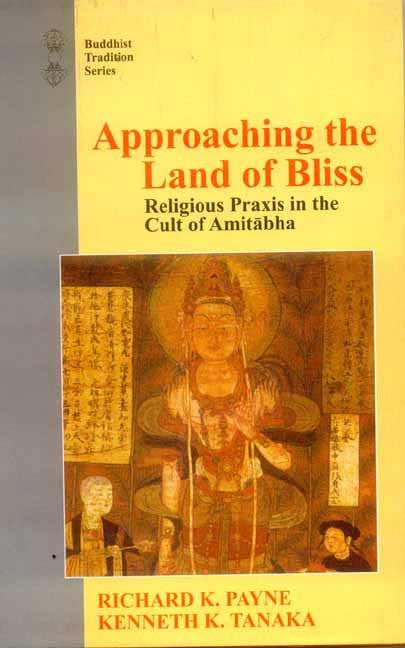
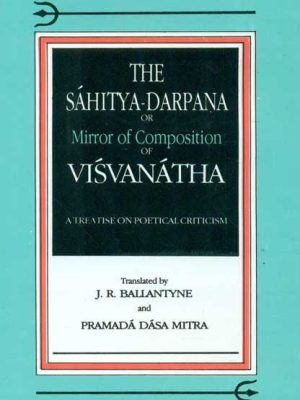
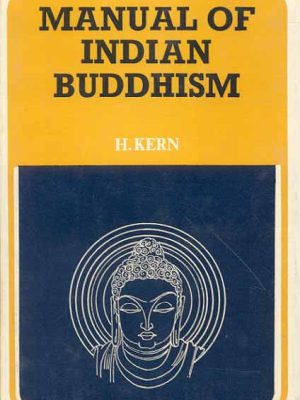


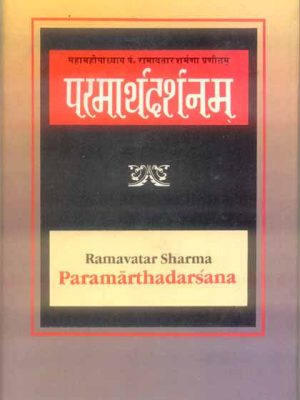
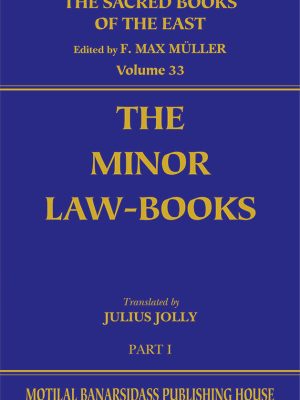






Reviews
There are no reviews yet.